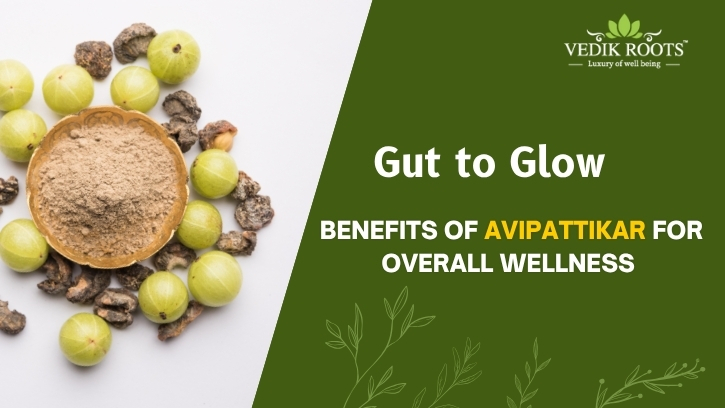If you’ve ever dealt with kidney stones or have been told you’re at risk, you’ve likely come across the term low oxalate diet. This eating plan is often recommended to help reduce the formation of calcium oxalate kidney stones, the most common type found in adults. In this blog, we’ll dive deep into what oxalates are, why reducing them matters, and how you can adopt a low oxalate lifestyle for better kidney health. Plus, we’ll point you toward some delicious, kidney-friendly recipes from the Kidney Health Cookbook by KidneyCOP®.
What Are Oxalates?
Oxalates (or oxalic acid) are naturally occurring compounds found in many plant-based foods. When oxalates combine with calcium in the kidneys, they can form calcium oxalate crystals—often the building blocks of kidney stones.
Foods high in oxalates include:
- Spinach
- Rhubarb
- Beets
- Nuts and seeds
- Chocolate
- Sweet potatoes
While these foods may be nutritious in other ways, for people prone to stones, they can pose a risk if consumed in high amounts.
Why Follow a Low Oxalate Diet?
A low oxalate diet limits your intake of oxalate-rich foods to reduce the risk of stone formation. For individuals who form calcium oxalate stones, this dietary approach is one of the key strategies to prevent recurrence.
Kidney stones can be incredibly painful, and once you’ve had one, there’s a high chance you’ll develop another. Adjusting your diet to reduce oxalate intake is a proactive step toward preventing that outcome.
This is where the Kidney Health Cookbook becomes an invaluable resource. Created with kidney stone prevention in mind, it offers recipes tailored to support low oxalate living without sacrificing taste.
How Does a Low Oxalate Diet Work?
Oxalates bind with calcium in the digestive tract, and this bond helps prevent them from being absorbed into the bloodstream. However, if your diet is too high in oxalates—or you’re not getting enough calcium—the oxalates get absorbed and travel to your kidneys. There, they can form crystals and eventually stones.
The low oxalate diet works by:
- Reducing total oxalate intake
- Balancing oxalate with calcium-rich foods (preferably from dairy or fortified sources)
- Encouraging high fluid intake to flush the kidneys
Key Principles of a Low Oxalate Diet
- Know Your Oxalate Levels: Not all foods are equal. Some, like spinach, are extremely high in oxalates (over 600 mg per serving), while others like cabbage or cauliflower are much lower.
- Pair Calcium with Meals: Consuming calcium-rich foods alongside moderate-oxalate foods can help bind the oxalates in the gut and keep them from reaching your kidneys.
- Hydrate, Hydrate, Hydrate: Water is your best friend. It dilutes urine and helps prevent crystal formation.
- Moderation, Not Elimination: You don’t need to cut out every food with oxalates—just focus on reducing the high-oxalate offenders and balancing the rest.
- Cook Smart: Boiling certain vegetables can reduce their oxalate content by up to 80%. Steaming has less of an effect, and baking doesn’t reduce oxalates much at all.
Best Foods for a Low Oxalate Diet
The following foods are generally low in oxalates and can be safely included in your diet:
- Apples
- Grapes
- White rice
- Eggs
- Chicken
- Cheese
- Milk
- Cauliflower
- Zucchini
- Cabbage
- Bananas
- Watermelon
These ingredients can be easily incorporated into meals from the Kidney Health Cookbook, which is specifically designed for individuals seeking to reduce oxalate intake without sacrificing taste or nutrition.
High Oxalate Foods to Limit or Avoid
Some foods have particularly high oxalate levels and should be minimized or avoided:
- Spinach (raw or cooked)
- Almonds and almond milk
- Beets
- Rhubarb
- Swiss chard
- Cocoa powder
- Buckwheat
- Miso soup
- Sweet potatoes
- Black tea
If these are staples in your diet, don’t panic—there are plenty of tasty alternatives that are kidney-friendly.
What About Supplements?
If you’re following a low oxalate diet, some doctors may also recommend calcium citrate supplements taken with meals, especially if your dietary calcium is low. This helps ensure oxalates bind in the gut, not in the kidneys. However, always consult with your healthcare provider before starting any supplements.
Also, products like KidneyCOP® can support kidney health by helping to inhibit the formation of calcium oxalate crystals. When combined with the right diet, they form a comprehensive approach to prevention.
Meal Ideas from the Kidney Health Cookbook
Transitioning to a low oxalate diet can feel overwhelming at first—but it doesn’t have to be boring or bland. The Kidney Health Cookbook offers a wide range of easy, flavorful recipes that are low in oxalates and high in kidney-friendly nutrients.
Some popular recipes include:
- Zucchini and chicken stir-fry
- Creamy cauliflower soup
- Herb-roasted turkey breast
- Apple cinnamon oatmeal (made with rolled oats and water or milk)
- Fresh grape and cabbage salad
These meals are crafted not only to be low in oxalates but also low in sodium, balanced in protein, and packed with flavor—making them suitable for long-term kidney health support.
Tips for Long-Term Success
- Read Labels: Some packaged foods (like protein bars or nut-based snacks) are surprisingly high in oxalates.
- Keep a Food Diary: Tracking what you eat can help identify any trigger foods or patterns.
- Meal Prep: Planning ahead makes it easier to stick to your goals and avoid high-oxalate temptations.
- Educate Yourself: Keep learning about oxalate content in foods and consult credible sources like the Kidney Health Cookbook or a registered dietitian.
- Stay Consistent: Even small reductions in oxalate intake can make a difference over time.
Final Thoughts
Managing your kidney health is a long-term commitment, but with the right tools and guidance, it’s entirely achievable. The low oxalate diet is a practical and evidence-backed approach to reducing the risk of kidney stones—especially calcium oxalate types.
By understanding what foods to limit, how to pair them correctly, and where to find delicious alternatives, you can make healthy changes that stick. The Kidney Health Cookbook by KidneyCOP® is a great place to start. It offers not just recipes, but a framework for maintaining kidney health through smarter eating.
Whether you’re just starting your journey or looking to fine-tune your current approach, adopting a low oxalate diet can be one of the most effective steps toward keeping your kidneys healthy and stone-free.



